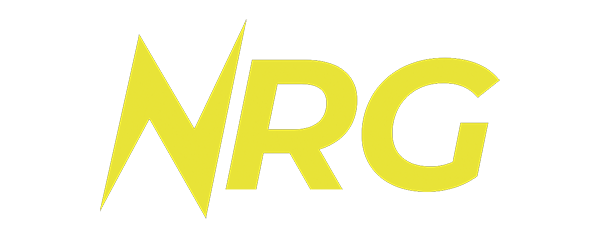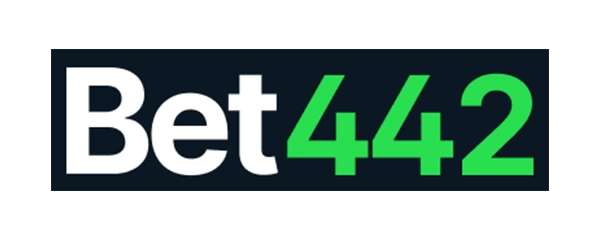Samsung flagships in the Galaxy S, Note and Fold series have always been equipped with top chipsets, either developed in their own labs, Exynos, or developed by Qualcomm. Traditionally, Qualcomm was used in China and the United States, and Exynos in South Korea and Europe. However, it seems that for the next generation, Galaxy S23, the South Korean manufacturer plans to introduce another “assortment” of processors: those from MediaTek.
Samsung also added MediaTek to the list of partners for the production of Galaxy S23
According to the South Korean press, Samsung could introduce a third flagship model in 2023, with the launch of the Galaxy S23. In fact, the first tests could be done earlier, with the release of the Galaxy S22 FE version, which could be launched in the second half of 2022. It seems that Samsung is preparing about half of the FE models with MediaTek processors, the other half using Qualcomm solutions.
For the Galaxy S23 series, however, the division will be quite simple. The US will continue to receive models equipped with Qualcomm processors, Europe will remain with Exynos processors, and most likely South Korea will also use Exynos. The rest of Asia could receive MediaTek processors from the Dimensity range instead.
However, given that Dimensity 9000, the new flagship from MediaTek seems to be more powerful than Exynos 2200 and in some situations and Snapdragon 8 Gen 1, the switch to MediaTek could be an advantage of the Galaxy S23 models in Asia and not a disadvantage. However, MediaTek may also be used in other regions, as Dimensity 9000 does not support 5W mmWave networks, so it could be used where this technology does not exist at the infrastructure level. Exynos 2200 and Snapdragon 8 Gen 1 support such networks, which are predominantly available in the US.
This would not be the first time that Samsung has used three processor models to develop a single series of smartphones. The Galaxy S2 was delivered in its time in three variants: with Exynos processors, Snapdragon and Texas Instruments processors.
source: Business Korea



 Racing fans are getting their money’s worth on the Playstation 5!
Racing fans are getting their money’s worth on the Playstation 5! What looks like a pricing mistake on Amazon is actually an absolute must-have for the home office!
What looks like a pricing mistake on Amazon is actually an absolute must-have for the home office! This air fryer is so stylish, even ninjas have to dress warm!
This air fryer is so stylish, even ninjas have to dress warm! For me, these Bluetooth headphones were a good buy even at full price; they now cost 40% less on Amazon
For me, these Bluetooth headphones were a good buy even at full price; they now cost 40% less on Amazon Telekom has a fiber optic problem: over 80 percent of the cables laid are not used – and that costs money
Telekom has a fiber optic problem: over 80 percent of the cables laid are not used – and that costs money